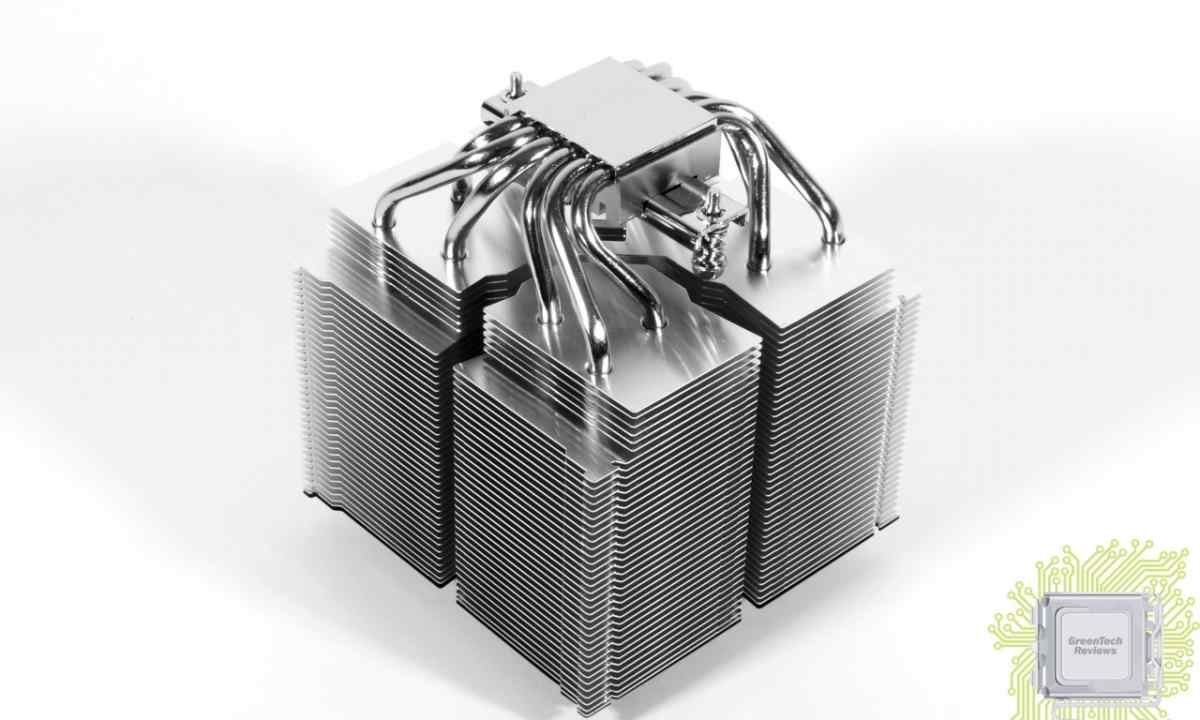Despite abundance of lawn-mowers, scythes still remain the relevant tool. Only with their help it is possible to remove grass on sites with difficult relief, around trees and bushes.
Types of scythes
Scythes there are only three types: Lithuanian, top crust and serpan. In each of them there are tools with cloth of the different size. The most convenient consider Lithuanian braid as thanks to longer handle, than at other types of this tool, bevelling of grass becomes less labor-consuming. According to number of standard size of steel cloth (knife) the mowers call the Lithuanian "five-handle", "six-handle" and t of. In total there are five numbers of this tool: No. No. 5, 6, 7, 8, 9, 10. Length of cloths respectively is 50, 60, 70, 80, 90 cm and 1 m.
The braid top crust reminds long flat sickle and is equipped with the curved handle. This tool is used when it is required to mow clean grass on the soil with set of hummocks and bushes. Here the top crust is very effective, but it has one shortcoming: it is necessary to work in halfbent situation.
Kosa-serpan also consists of steel cloth and the handle. Knife at it the shortest: its length is only 35 cm. Externally it is similar to sickle. This tool is convenient for bevelling of the outgrown herbage with large stalk.
Technology of use of scythe
Technology of bevelling of grass for any of types of braids same: the left hand hold kosovishche, and right – the handle strengthened in its upper part. Getting to work the left leg expose forward, then before themselves carry out rather narrow wave braid edge. During bevelling of grass "heel" of braid has to pass almost level with the soil, having receded from it on only 1-2 cm. "Nose", that is, the narrowest peaked part of edge, it is necessary to hold slightly raised. When the wave is complete, the right leg is rearranged on level left which before the following wave is exposed forward again. The movements of hands have to be smooth, with identical effort, without breakthroughs. It is necessary to try to mow so that "heel" with kosovishchy raked up the cut-off grass and rejected it aside, forming the low roller. So gradually move ahead in the necessary direction. In order that work was less labor-consuming, each 15-20 minutes stop and natachivat edge edge. It is extremely important to choose number of braid correctly. If it is required to remove grass on the flat soil, will suit No. 9 or No. 10. In the area where there are a lot of bushes or hummocks, it is better to use No. 5 or No. 6. If the relief of the site does not abound with roughnesses, but all of them are present, it is necessary to take scythe No. 7 or No. 8. These recommendations belong to braid like "Lithuanian".

